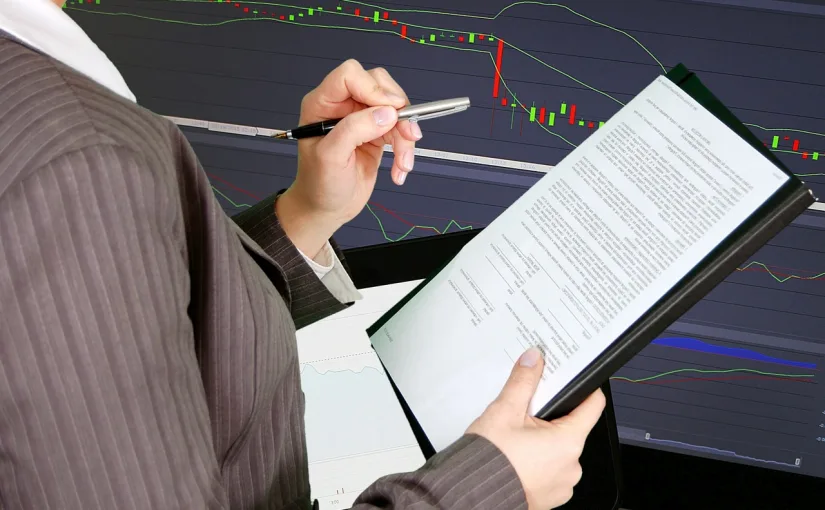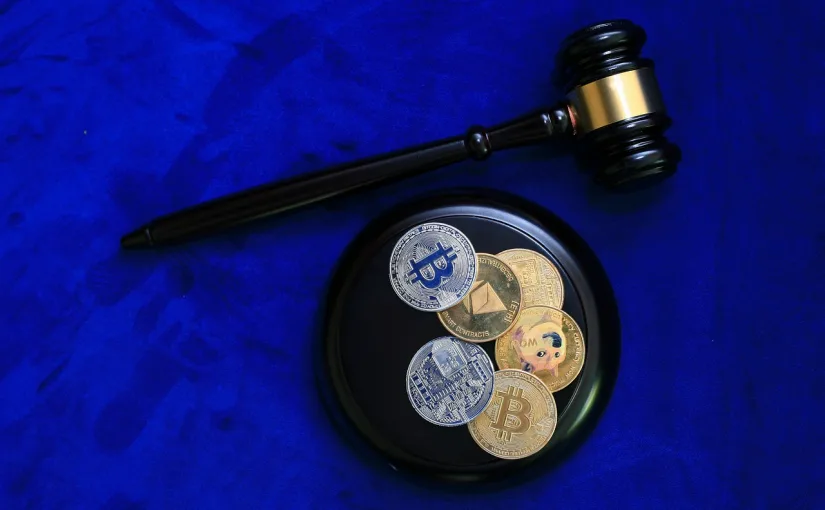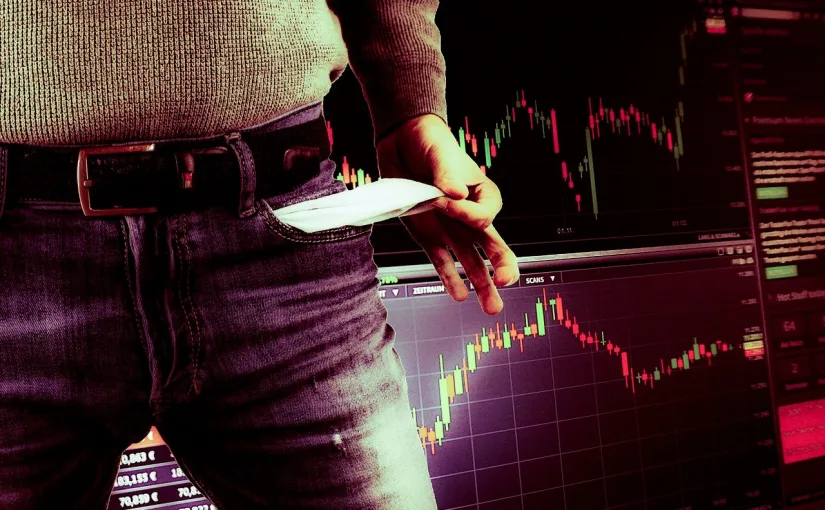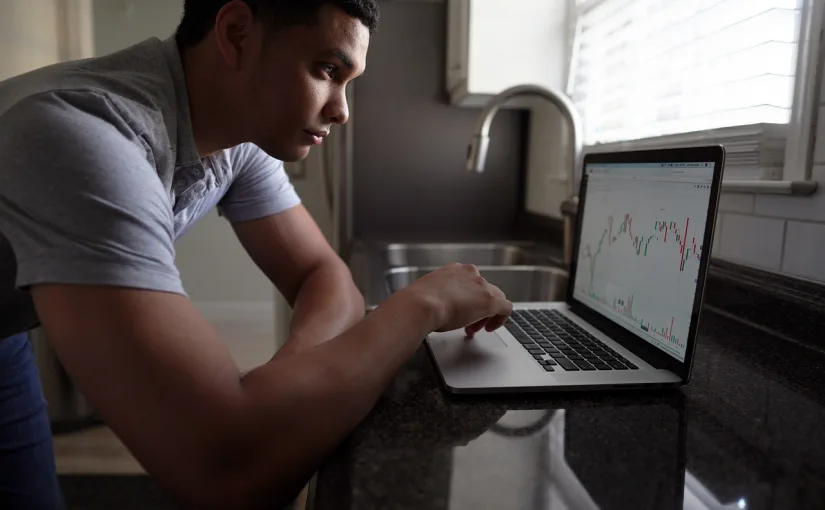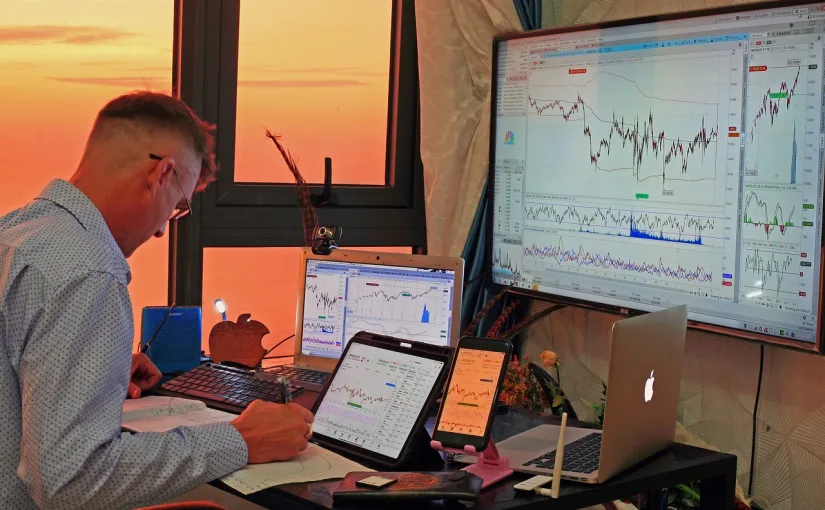Fundamental analysis is a key component of successful trading and investing in the forex market. It monitors macroeconomic and microeconomic factors that affect currency values. Unlike technical analysis, which focuses on historical price movements, fundamental analysis evaluates the intrinsic value of assets and economic contexts, helping predict long-term trends.
Why Track Fundamentals?
Tracking fundamentals provides a deeper understanding of why prices are rising or falling. It’s not just about reacting to chart signals but understanding the real reasons behind currency movements. Monitoring fundamental factors allows traders to make more informed decisions, avoid losses from sudden market moves, and spot opportunities that might otherwise be missed.
What Do Individual Fundamentals Mean?
1. Gross Domestic Product (GDP)
GDP is a key indicator of a country’s economic growth. High GDP growth typically signals economic prosperity, which can increase the value of a national currency. Conversely, a GDP decline may indicate recession and weakening currency.
2. Inflation
Inflation measures the rise in prices of goods and services over time. When inflation rises, it often leads to higher interest rates as central banks seek to curb excessive spending. This can affect currency markets—rising inflation means a decrease in purchasing power, which may reduce the attractiveness of a currency.
3. Interest Rates
Interest rates are one of the most important fundamental indicators for forex markets. Higher rates can attract more foreign investors seeking higher returns, increasing demand for the currency and its value. Conversely, rate cuts may weaken the currency.
4. Unemployment
The unemployment rate is another key indicator of economic health. Low unemployment means the economy is functioning at a high level, boosting consumer confidence and supporting currency growth. High unemployment, on the other hand, may lead to reduced consumption and a weakening economy.
5. Payments and Trade Balance
The trade balance shows the difference between a country’s exports and imports. A trade surplus (more exports than imports) typically strengthens a currency, while a deficit weakens it. This factor is crucial for assessing economic performance in an international context.
6. Geopolitical Situation
Political stability or uncertainty has a major impact on the markets. For example, political crises, conflicts, or election uncertainty can destabilize an economy and weaken a currency. On the other hand, stability can enhance the attractiveness of investments in the region.
How to Incorporate Fundamentals into Strategy?
Fundamentals must be tracked regularly and combined with technical signals. Economic event calendars are important tools that provide an overview of upcoming news and its potential impact on the markets. Successful traders don’t wait for announcements—they prepare their positions in advance and analyze how the market may react to news.
Monitoring and understanding fundamental factors provides a deeper perspective and ensures decisions are not made solely based on short-term price fluctuations but with regard to the market’s long-term potential. Thus, fundamental analysis is essential for success as it helps identify value and growth potential, giving traders a competitive edge.
Conclusion
For successful forex trading, it’s essential to track and understand the fundamental factors that influence currency values. This analysis allows for better insight into why the market reacts the way it does and how best to use these reactions to your advantage. Do not underestimate the importance of fundamentals—incorporate them into your trading strategy to ensure your approach is as comprehensive and effective as possible.
